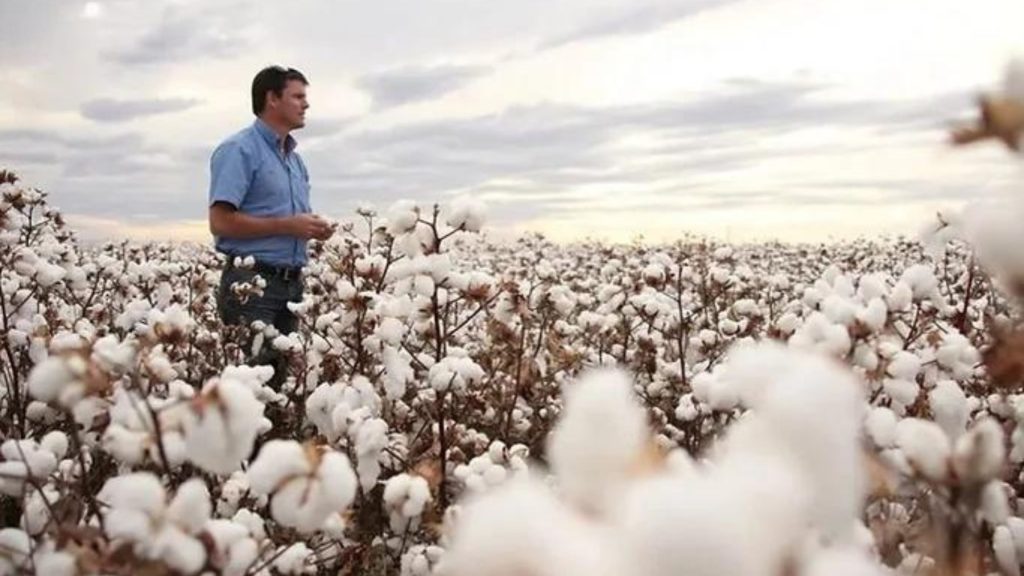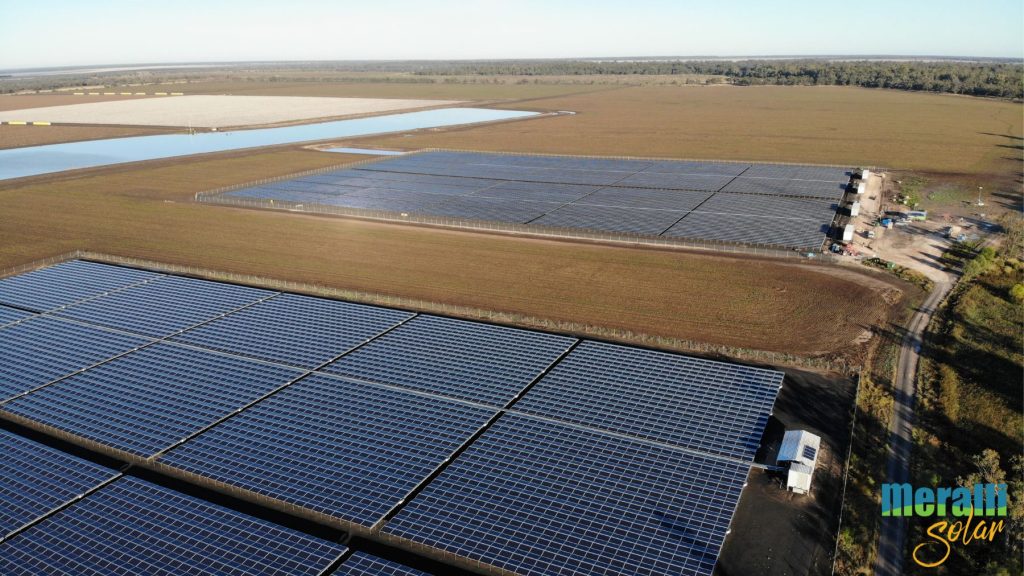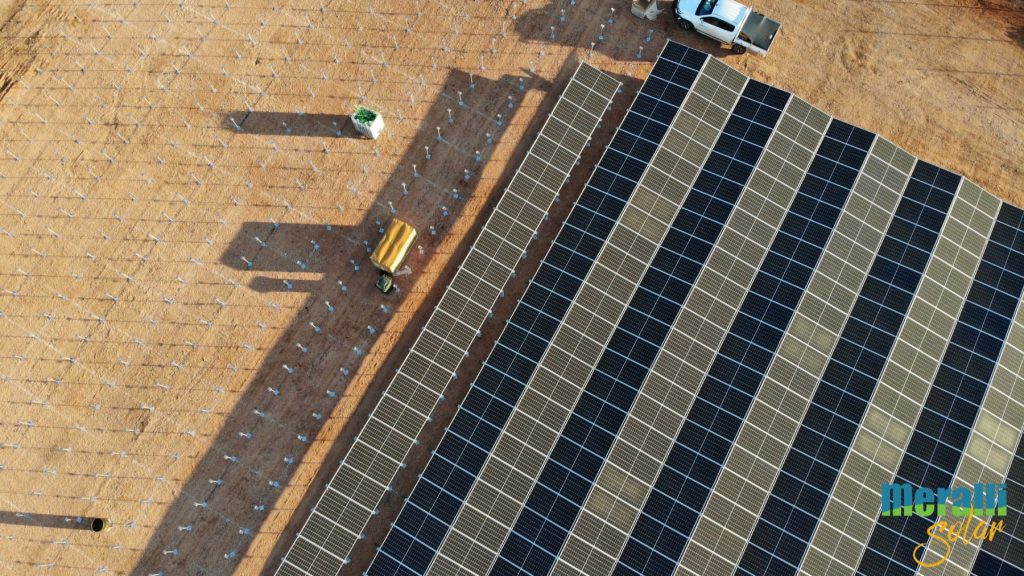Here’s a wrap-up of all the key news across solar and other renewables last week. Grab your coffee, here’s the industry must-knows for the week (07/08/2023 edition):
The Good Earth Green Hydrogen and Ammonia Project (GEGHA)
An innovative decarbonisation project is underway in the cotton growing region of Moree, New South Wales. Cotton growers plan to produce their own fertilisers by utilising locally produced green hydrogen. The goal of the project is to help farmers reduce the emissions associated with production and enable farmers to meet consumer demand for low-carbon and sustainable produce in increasingly carbon-conscious domestic and export markets. The GEGHA project is a joint venture partnership between Hiringa Energy and Sundown Pastoral. (GEGHA)
Renewables set to overtake coal in 2024
The International Energy Agency Electricity Market Report 2023 presents their latest data for 2022 as well as forecasts for global electricity demand, supply, and emissions through 2024.
According to the IEA: “By 2024, renewables’ share of global electricity generation will exceed one-third. And depending on weather conditions, 2024 could well become the first year in which more electricity is generated worldwide from renewables than from coal. At the same time, electricity generated from fossil fuels is expected to decline over the next two years. Electricity generated from oil is projected to fall significantly, while coal-fired generation will slightly decline in 2023 and 2024, after rising 1.7 percent in 2022.” Read the report in full here. (AU Manufacturing)
Big batteries at forefront of 24GW of storage sought by Australian Government
The Australian government will seek at least 24GW hours of storage under the Capacity Investment Scheme that is to be rolled out across the country, and big batteries appear to be sitting in the front seat to fill much of the $10 billion of targeted investment. A consultation paper released late last week reveals some key details of the scheme, including that it will be “technology neutral” – at least among zero emissions storage technologies – and will seek 6GW of capacity with an average “medium” storage of four hours. You can read more about the Capacity Investment Scheme here. (Renew Economy)
Have your say: ACT’s Integrated Energy Plan
The ACT Government is opening up community consultations on its Integrated Energy Plan as it reaches the next stage of its electrification plan. The Integrated Energy Plan will outline the strategy for how the Territory will transform its energy systems to ensure an affordable and zero-emissions energy future. Once completed, the plan will provide a clear pathway that will help deliver the transition and achieve the ACT’s legislated emissions reduction targets over the next two decades. (www.yoursayconversations.act.gov.au)
Community consultation on the ACT’s Integrated Energy Plan is open from 1 August – 12 September 2023. Visit https://yoursayconversations.act.gov.au/Integrated-Energy-Plan for more information and to make a submission.
ISA and ACI collaborate to develop solar energy for airports across the world
In an ambitious move towards a greener aviation industry, the International Solar Alliance (ISA) and Airports Council International (ACI) have inked a Memorandum of Cooperation aimed at increasing the deployment of solar energy across airports globally. The collaboration seeks to curb airport emissions, improve air quality, and promote sustainable practices. Under this partnership, ISA, leveraging its international expertise, will extend support to expedite solar development through policy choices. ACI, on the other hand, will introduce best practices for adoption by airports worldwide. Read the full press release here. (Solar Quarter)
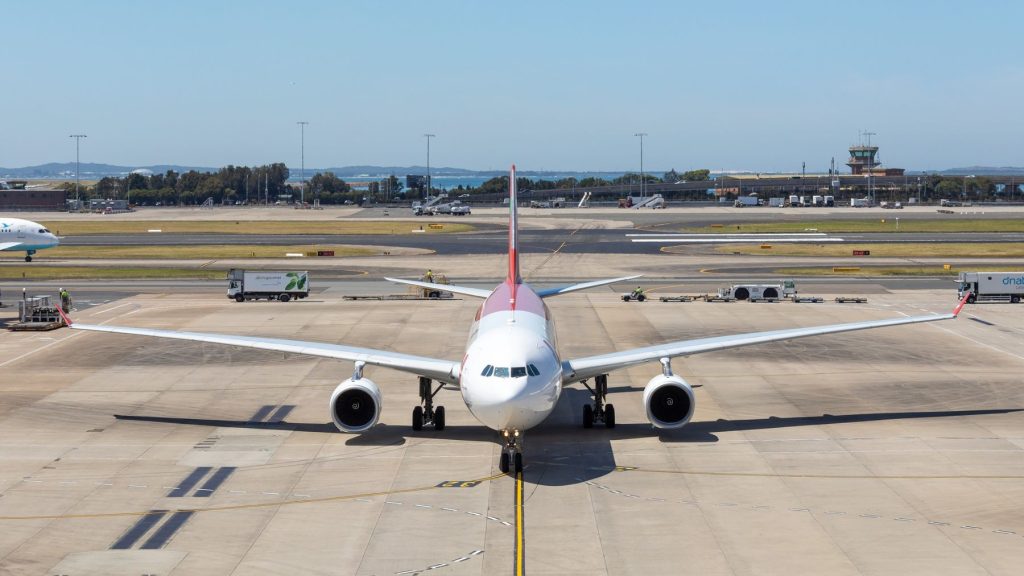
Australian startup to build automated thermal energy storage production line
Australia-based MGA Thermal has secured AUD 8.25 million ($5.39 million) from domestic and international investors as it gears up for commercial-scale production of its thermal long-duration energy storage solution. The funds will facilitate the commissioning of an automated production line at its factory in Tomago, New South Wales, accelerating operations well into 2024. (PV Magazine)
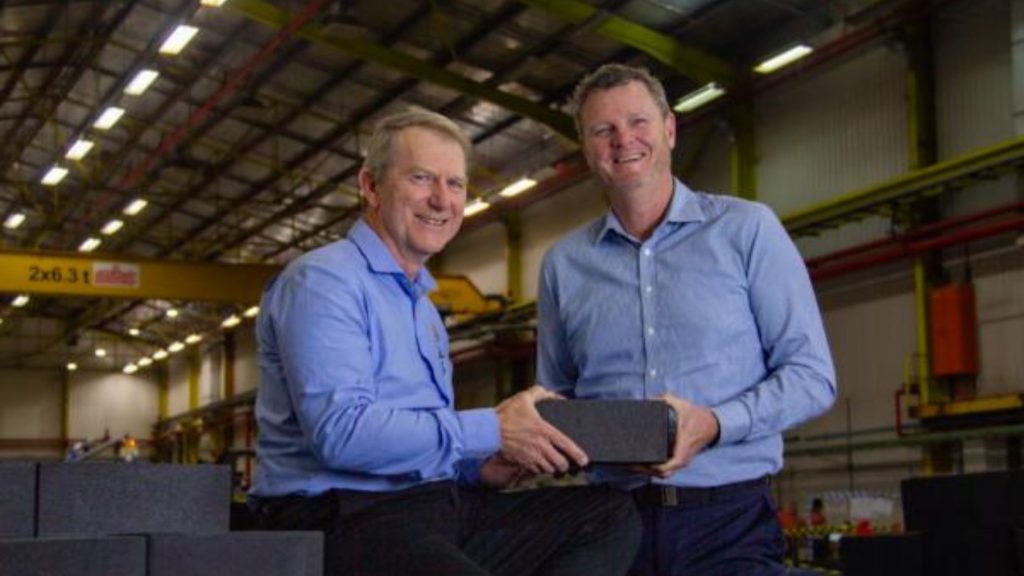
Hybrid trains and hydrogen bus trials in South Australia
Two hydrogen buses and hybrid-diesel railcars are set to start two-year-long trials across deployed routes in Adelaide later this month, showcasing a clean and green public transport future.
The Hydrogen Fuel Cell Buses (HFCB) are a rapidly emerging, green alternative technology with benefits including faster refueling and greater range as well as enhanced comfort for passengers with more space, better comfort, and accessibility whilst eliminating noise and fuel-based pollution.
The new diesel rail system will work by storing kinetic energy when the train brakes into an onboard battery, converting it into electrical energy which will power normal train operations. This will help to decrease the amount of stress on the engine and fuel consumption by approximately 16 percent. (Energy Magazine)
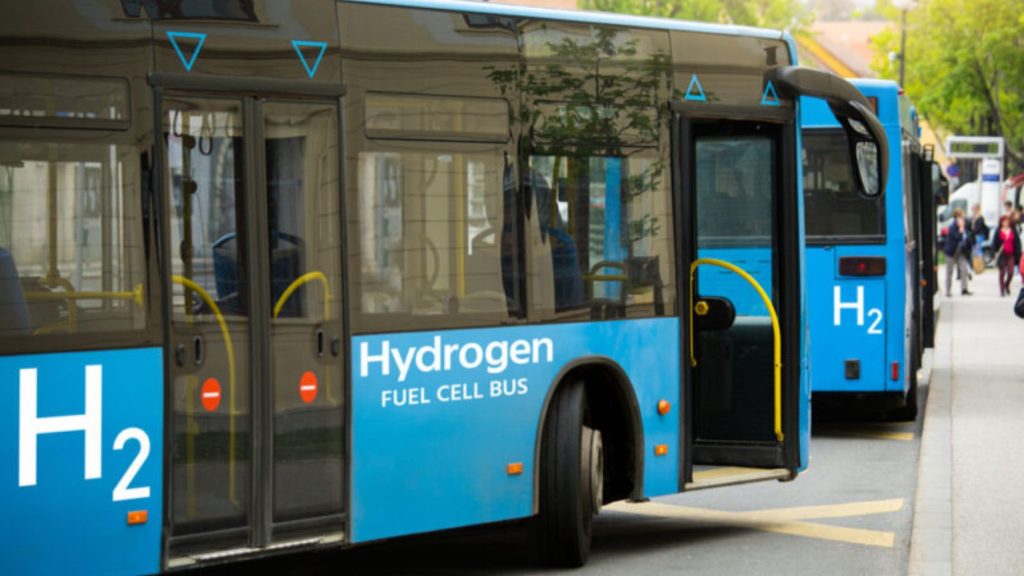
State of Electric Vehicles
The Electric Vehicle Council of Australia has released its State of Electric Vehicles report. The report provides the latest annual assessment of Australian federal, state, and territory government’s performance with respect to electric vehicle policy, combined with a mid-year local market update on light EV sales, model availability, and charging infrastructure deployment. This edition builds on the 2022 Australian Electric Vehicle Industry Recap, released in February 2023. You can read it in full here. (Electric Vehicle Council)
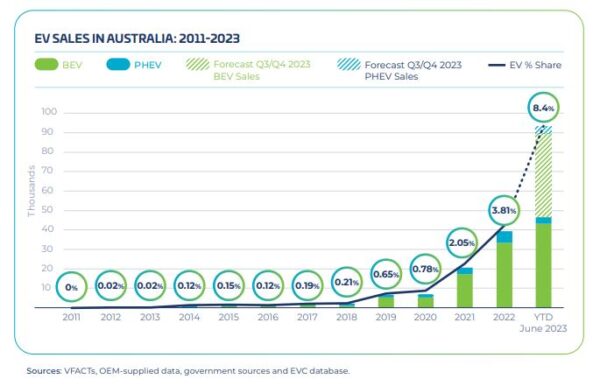
The Future of Energy Storage: Understanding Thermal Batteries | Genius Engineering
Discover the Innovative Future of Energy Storage: Learn about Thermal Batteries. In this video, uncover the science behind thermal batteries, from the workings of its components to the physics that drives it, and see how this technology is shaping the future of energy storage.
WEBINAR: Driving the path to net zero – reducing freight transport emissions in the supply chain | Australian Alliance for Energy Productivity
Hitting net zero targets won’t be possible without decarbonising the transport sector. One-fifth of Australia’s energy-related emissions stem from transport, and freight transport is the critical link between the different stages of all value chains. Urgent action is needed to reverse the growing emissions trajectory to meet both national targets and corporate scope 3 ambitions.
In this webinar hosted by the Australian Alliance for Energy Productivity (A2EP) and MOV3MENT, freight transport experts share what can be done to solve this challenge, the rapid shift to low-emission freight vehicles, and examples of collaboration between freight buyers and logistics suppliers, as no single party can solve this issue alone. Our panelists also share practical actions you can take today to accelerate decarbonisation in your supply chain.
Australia’s biggest agri-solar and battery project | Energy Insiders Podcast
Pollination’s Rob Grant and Balinggarra’s Cissy Gore-Birch on landmark green hydrogen project around Ord River. Plus: To close or not to close coal.
Our photo of the week (from the Meralli archives) was taken at the Tregalana Solar Farm. Located at Whyalla, South Australia, it has a 1.54 Hectar footprint, was built by Meralli in two stages and completed in 2022. Tregalana Solar Farm is a 6,813 MW DC generator feeding into the grid, capable of powering an average of 1,528 homes and has an expected annual CO2 offset of an impressive 6,320 tonnes.

